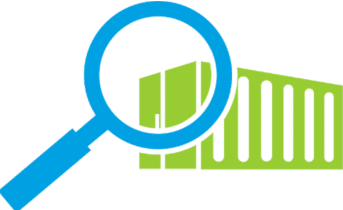Knowledgeable people in the Customs and the Trade Community know that security is achieved through trade transparency and that smart or ‘targeted inspections’ is the only viable approach to mitigating risk. Transparency is achieved through knowing the stuffing, shippers and stripping stakeholders of a trade and end to end monitoring of a transaction and a container. Targeted inspections requires identifying high risk traders and Containers thru a variety of means, including verifying the source (at stuffing), tracking changes of custody (in transit), near continuous monitoring of the Container status (security breaches), knowing and monitoring the planned route (track & trace), alerting consignees and authorities of security or route deviations and verifying the Consignee (stripping) authenticity, allowing Customs to model and analyze the inherent risk of a trade, and thereby target its inspection resources on problematic containers.
Creating a transparent trade requires a monitored container, certification of exporters, LSPs and importers, utilizing integrated transaction management applications and applying risk modeling tools that enable Customs to effectively identify at risk trades; and then integrating these solution components into an integrated whole.
Many of the required components of the solution have been developed (Monitors, CTPAT, Risk Tools), but no integrated approach has been deployed. Short of an integrated approach, inspections will continue to be searching for the needle in the haystack.
Advocating 100% inspection is disingenuously perpetuating the problem, while not contributing to an effective security solution.



